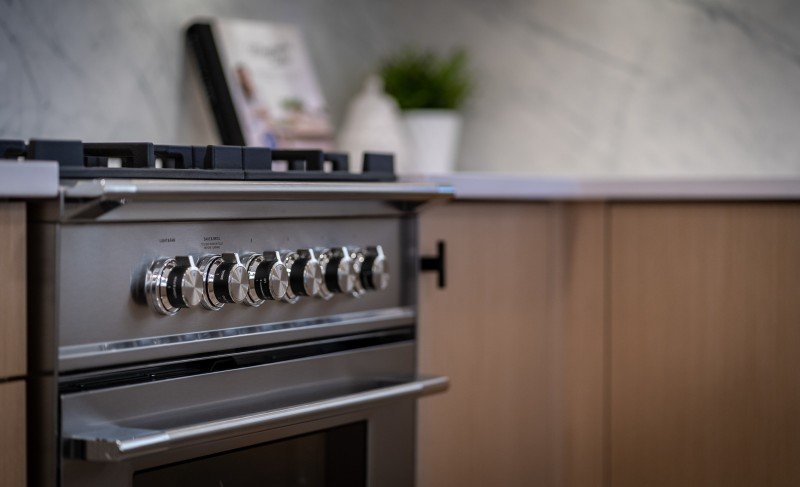A Productive Rant About Oven Hob
페이지 정보
작성자 Porfirio Stillm… 작성일 25-11-13 09:24 조회 3 댓글 0본문
Understanding Oven Hobs: The Heart of Culinary Crafting
In the realm of contemporary cooking areas, the oven hob sticks out as an important home appliance. Not only is it a main component for preparing a variety of meals, however it likewise influences kitchen aesthetic appeals, functionality, and effectiveness. This article dives into the kinds of oven hobs, their functions, benefits, and upkeep pointers. Furthermore, it attends to some frequently asked questions to provide a comprehensive understanding of this vital kitchen home appliance.
Kinds Of Oven Hobs
Oven hobs can be classified into several types based on their energy source and style. Understanding these variations can assist customers make notified choices when selecting the ideal hob for their kitchen needs.

1. Gas Hobs
Gas hobs use gas or lp as fuel, providing exact temperature control and immediate heat. They are preferred by lots of chefs for their ability to supply visual feedback through flame.
Pros:
- Quick heat-up time.
- Exact temperature level changes.
- Compatible with all kinds of pots and pans.
Cons:
- Requires a consistent gas supply.
- Safety issues with open flames.
- Requires more upkeep.
2. Electric Hobs
Electric hobs are powered by electrical energy and feature smooth glass or ceramic surface areas. They frequently are available in two types: coil and solid.
Pros:
- Sleek look.
- No open flames, reducing safety dangers.
- Easy to clean.
Cons:
- Slower to warm up and cool off.
- May need particular cookware (induction).
- Some may have irregular heat circulation.
3. Induction Hobs
Induction hobs utilize electro-magnetic energy to straight heat pots and pans. They just work with ferromagnetic pots and pans.
Pros:
- Very energy-efficient.
- Fast heating & cooling times.
- Safe, as the surface remains fairly cool.
Cons:
- Limited to specific kinds of pots and pans.
- Higher initial cost.
- Can produce noise when in use.
4. Solid Plate Hobs
These electric hobs feature solid metal plates that warm up and maintain heat for cooking.
Pros:
- Durable and reliable.
- Simple operation.
Cons:
- Takes time to warm up.
- Less effective than induction and gas models.
| Hob Type | Heat Source | Aesthetic appeals | Upkeep |
|---|---|---|---|
| Gas Hobs | Gas | Conventional | Moderate |
| Electric Hobs | Electrical energy | Modern/Sleek | Low |
| Induction Hobs | Electro-magnetic | Contemporary | Low |
| Strong Plate Hobs | Electrical power | Timeless | Average |
Functions to Consider When Choosing an Oven Hob
When selecting the perfect oven hob for your kitchen, there are several essential functions to consider. These include:
- Size: Ensure the hob fits the designated space in your kitchen.
- Variety of Burners: Consider your cooking design and the number of burners you'll require.
- Control Type: Look for user-friendly controls, whether touch-sensitive or knobs.
- Security Features: Many contemporary hobs include precaution like flame failure devices or kid locks.
- Energy Efficiency: Choose energy-efficient models to conserve on energy bills and lower your environmental effect.
Benefits of Using an Oven Hob
The oven hob provides several advantages that accommodate both amateur cooks and expert chefs. Here are some key advantages:
- Versatility: Whether boiling, frying, simmering, or sautéing, an oven hob accommodates numerous cooking techniques.
- Convenience: Many hobs included extra features like timers and automatic shut-off systems for included convenience in hectic kitchen areas.
- Improved Cooking Control: The instant heat responses of gas and induction hobs allow for better control over cooking temperatures.
- Design Enhancement: Modern hobs can enhance the general visual of a kitchen, adding a modern touch.
Maintenance Tips for an Oven Hob
To ensure the longevity and efficiency of an oven hob, appropriate upkeep is important. Here are some upkeep suggestions:
Regular Cleaning:
- Use a soft fabric and mild cleaning agent to clean surface areas after each use.
- For induction and ceramic hobs, prevent abrasive cleaners to avoid scratching.
Check for Wear and Tear:
- Inspect rubber seals and connections in gas hobs routinely for any damages or leakages.
- Guarantee electrical connections are safe in electric hobs.
Expert Servicing:
- Schedule regular upkeep checks with a qualified technician to avoid significant issues.
The oven hob is an essential element in any kitchen, acting as a focal point for culinary ventures. Whether choosing gas, electric, or induction, comprehending the different types, features, and maintenance requirements is essential for making a knowledgeable decision. A well-chosen hob not just enhances cooking effectiveness but also improves the general kitchen experience.
Often Asked Questions (FAQs)
1. What kind of hob is best for a beginner?
Electric hobs are often favored by beginners due to their ease of use and maintenance.
2. Can I use all cookware on an induction hob?
No, induction hobs require ferromagnetic cookware for them to work correctly.
3. How do I know if my gas hob is working efficiently?
Routinely look for even flame circulation and listen for any hissing noises that may suggest leaks. If in doubt, speak with a professional.
4. Is a greater rate always better for hobs?
Not necessarily. While higher-priced designs might provide sophisticated features, a number of mid-range items provide exceptional performance and longevity.

5. Can I install a hob myself?
It is a good idea to work with an expert, specifically for gas hobs, due to safety issues and regional policies.
By understanding the subtleties of oven hobs, home cooks can make an educated choice that lines up with their culinary ambitions and kitchen designs. Picking the best hob enhances both the cooking experience and kitchen visual appeals, making it a crucial financial investment for any home.
- 이전글 15 Amazing Facts About Cat Flap Fitting That You'd Never Been Educated About
- 다음글 泌尿科醫評「4款壯陽藥」!避5個NG行為 不再當軟爛男
댓글목록 0
등록된 댓글이 없습니다.


